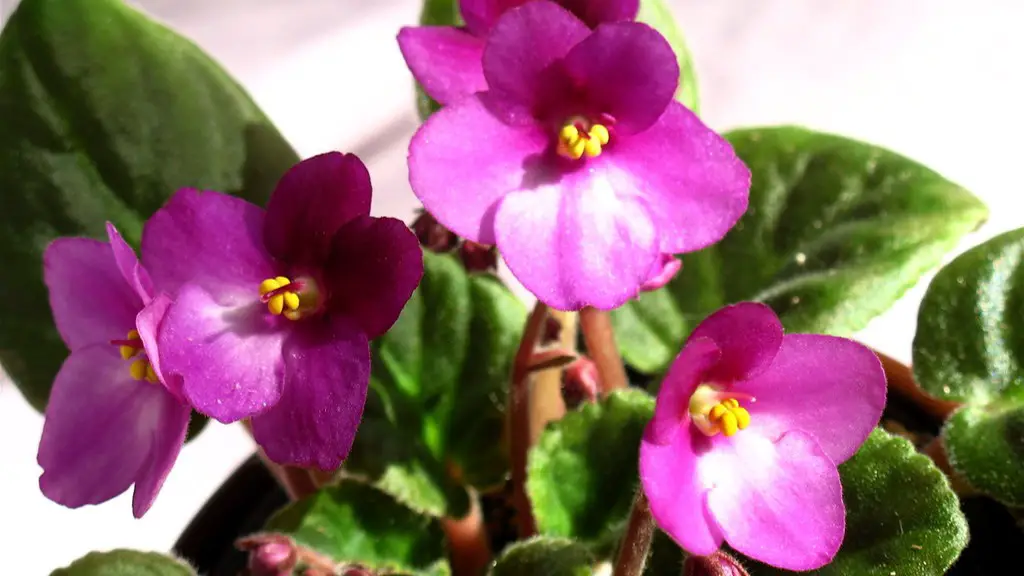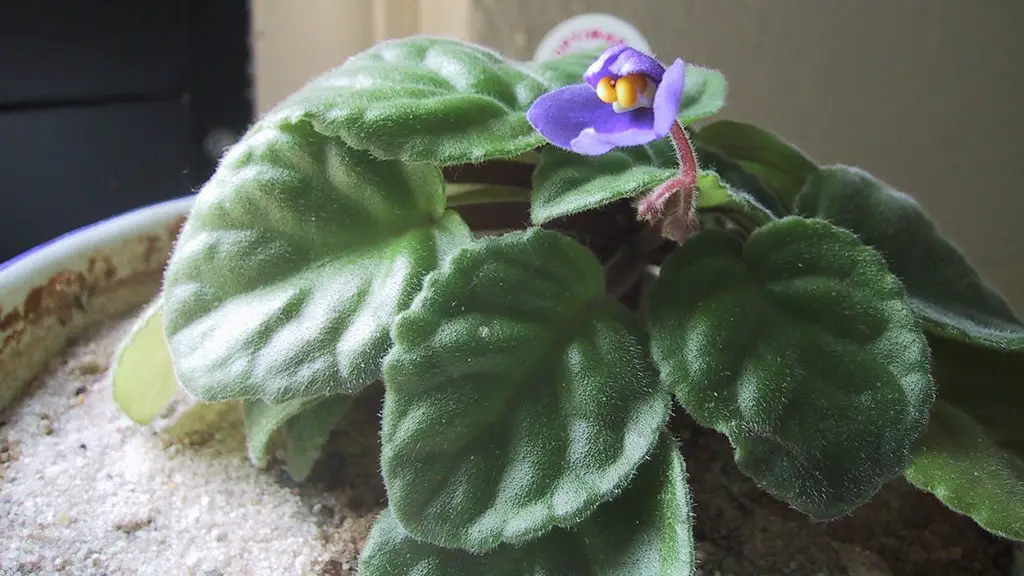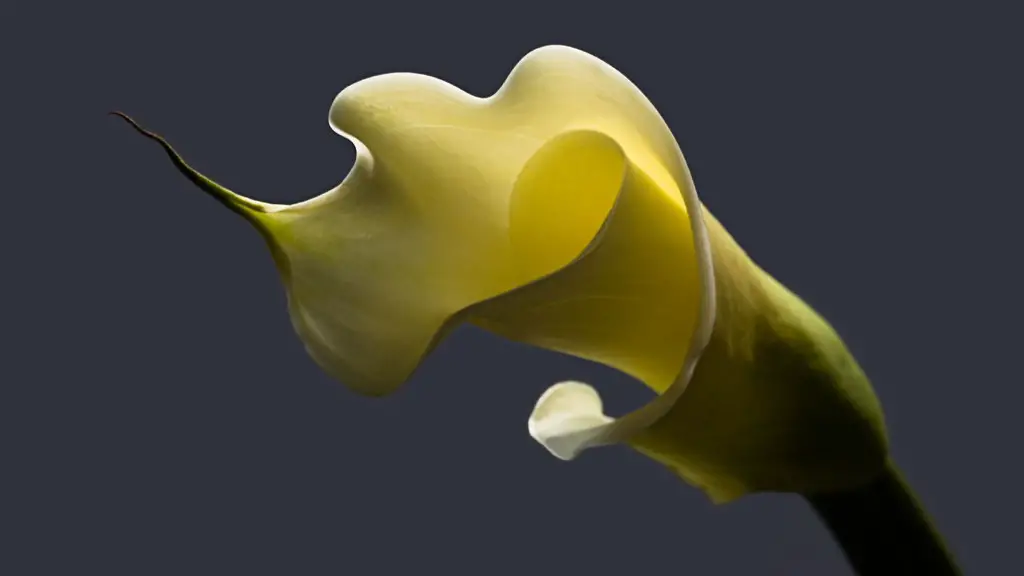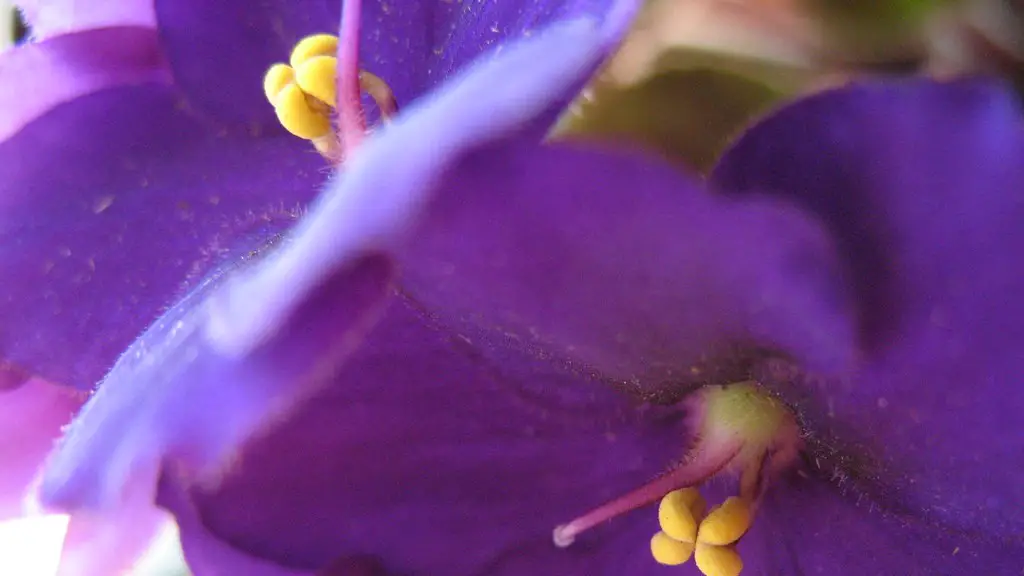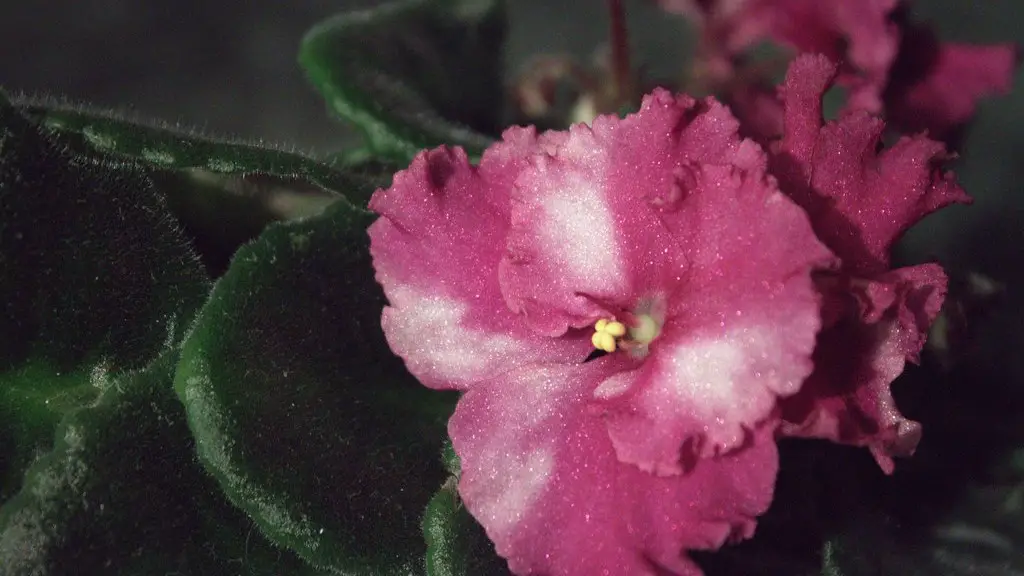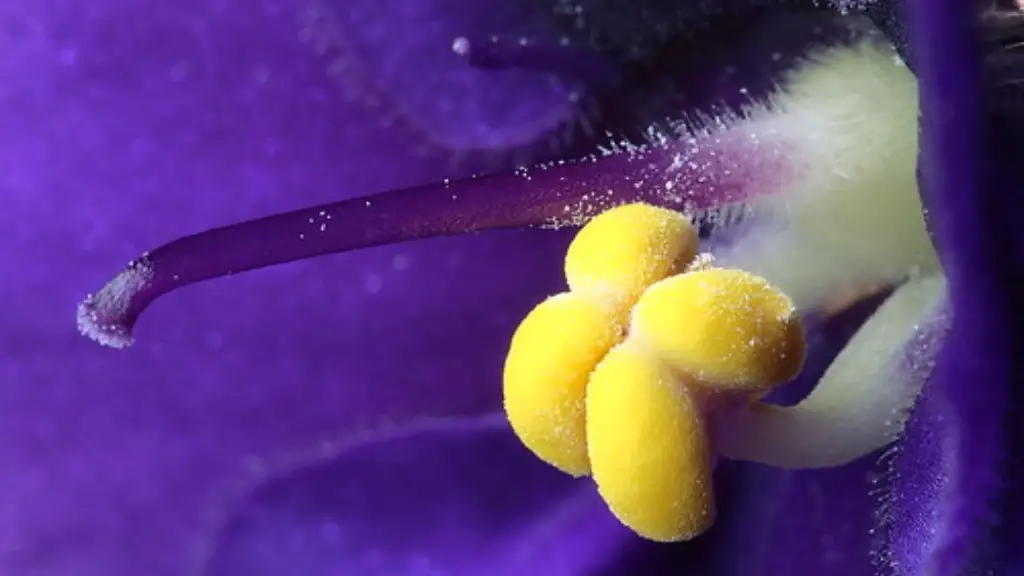African violets are one of the most popular houseplants, and for good reason! They are relatively easy to care for and produce beautiful, delicate flowers. Many people choose to trim their African violets to keep them looking their best. Trimming African violets is relatively simple and can be done with a sharp pair of scissors.
Yes, you can trim African violets. Trimming the leaves of African violets helps to encourage new growth and can also help to shape the plant.
Do you trim the dead flowers off an African violet?
If you have an African Violet that is blooming, be sure to deadhead the spent blooms. This will allow the plant to continue to put energy into creating more buds/blooms and beautiful foliage.
If you find that your African violet is looking leggy, there are a few things you can do to help it out. First, try repotting the plant to give it some fresh space. Then, fertilize it with a liquid plant food designed specifically for violets. This will help the plant to grow new leaves and keep its colors looking bright and vibrant.
Can African violets have too many leaves
If you want your African Violet to produce more blooms, you should focus on reducing the number of leaves it has. This will allow the plant to redirect its resources towards producing flowers instead. Keep in mind though that your African Violet will only be able to produce a limited number of blooms no matter how many leaves it has, so don’t expect it to be a non-stop flowers machine!
If your African violet plant starts to grow tall and thin leaves, it is not receiving enough sunlight. The solution is to move your plant to a brighter area of your home.
How do you keep African violets blooming?
If you want your African violets to thrive, they need bright, indirect sun. Too little sunlight will cause the plants to stretch for the light and produce few or no flowers. Too much sun can burn the leaves. An east-facing window is ideal, especially if you have a sheer curtain to block the sun’s harshest rays. African violets also need eight hours of darkness every night.
Pruning African Violet leaves is a great way to keep your plant healthy and looking its best. Older leaves can be removed by pinching the stem between your fingers where it connects with the plant base. You can also use sterilized scissors, taking care to remove the stem as close as possible to the plant base without cutting into the parent plant.
What is the lifespan of African violet?
African violets are a beautiful and popular plant, known for their long lifespan. Repotting them every few years is important to keep them healthy and promote growth.
If you notice that your African Violet’s roots are growing out and around the rootball, it’s time to repot the plant. African Violets should be repotted whenever they become rootbound, which is when the plant has outgrown its current pot. Choose a pot that is just big enough to accommodate the roots, and use a light potting mix that is designed for African Violets.
How often should a African violet be watered
If you only water your African violets once a week, it’s important to allow the plant to completely dry out between waterings. One way to make sure your plants are never over-watered is to set up a wicking system.
When it comes to caring for african violets, it is best to avoid brushing their leaves. Repeated brushing can actually decrease the plant’s quality and size over time. So, the next time you are tempted to reach out and touch one of these beautiful plants, resist the urge and let it be!
Should African violets be watered from the top or bottom?
African violets are a type of plant that can be watered from the top or bottom. Both methods are effective and it is not necessary to use cold water; lukewarm or warm water is just fine. If you do choose to water from the top, be careful not to get water on the leaves when the plant is in the sun. This could cause leaf spots.
African violets do best when they are slightly pot-bound, so choose a pot that is on the smaller side. Professional Tip: If you have a standard African violet plant, your starter pot should be about 3-4 inches in diameter.
Do African violets multiply
1. Cut a leaf from the plant at a 45-degree angle, using a sharp knife.
2. Place the leaf in a pot of moistened potting mix, burying one-third of the leaf in the mix.
3. Keep the soil moist but not soggy, and in 4-6 weeks, roots will develop and new plants will begin to grow.
It is best to repot African violets about once a year to keep them growing big and beautiful. Inspect them first to see if their leaves and roots are healthy before repotting.
How Big Should African violets get?
There are many different sizes of African violets, from miniature to large. The most common size is 8 to 16 inches. There are hundreds of different varieties of African violets, each with its own unique colors and patterns.
African violets need a well-drained, slightly acidic soil to grow best. Miracle-Gro® Indoor Potting Mix is a potting mix specially formulated to provide indoor plants like African violets with just the right growing environment.
Final Words
There is no definitive answer to this question as different people have different preferences. Some people like to keep their African violets well-trimmed, while others prefer to let them grow more naturally. Ultimately, it is up to the individual to decide how much trimming they want to do.
There is no definitive answer when it comes to trimming African violets. Some people swear by it, while others find that it does more harm than good. Ultimately, it is up to the individual grower to experiment and see what works best for their plants.
